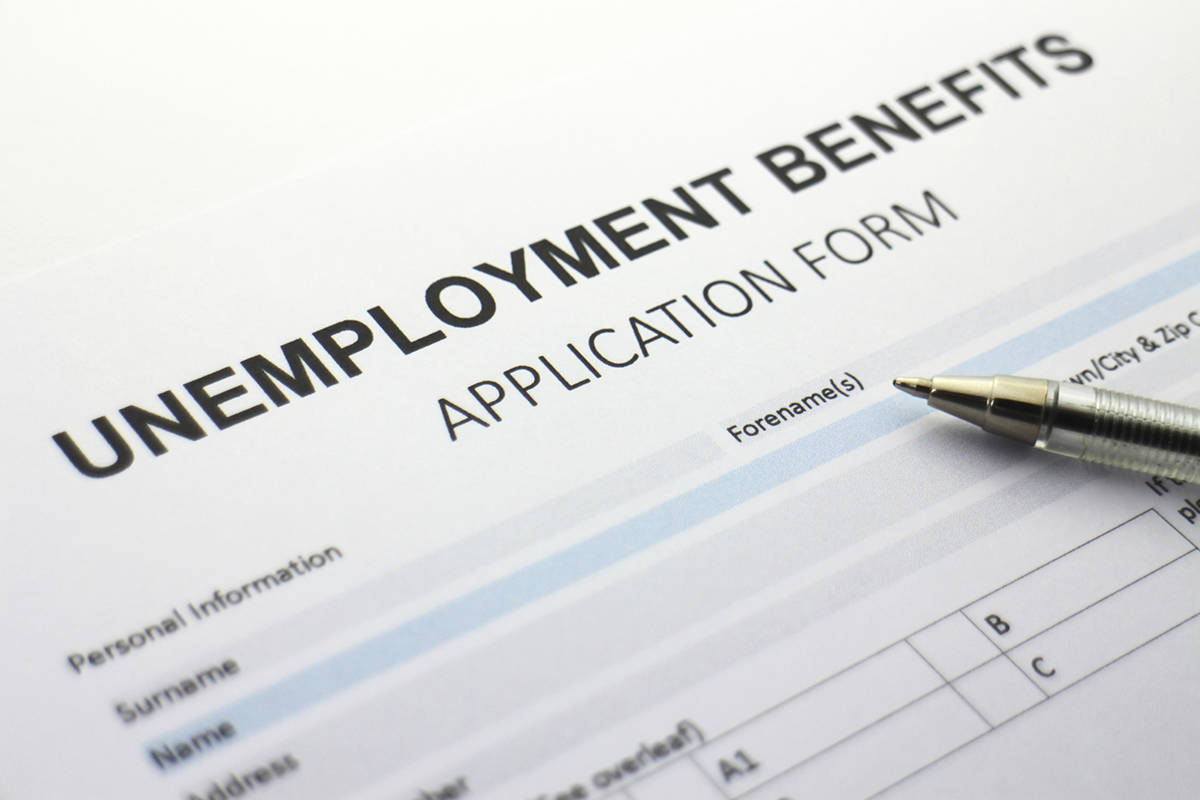Alberta’s unemployment rate soared to 15.5 per cent in May, the second worst in the country.
Only Newfoundland — at 16.3 per cent — had a higher unemployment rate as the pandemic and energy industry slump battered Alberta’s economy.
Nationally, Canada’s unemployment rate was 13.7 per cent last month, up from 13 per cent a month earlier, and more than double the 5.4 per cent recorded in May 2019.
Alberta’s unemployment rate was 13.5 per cent in April and 6.7 per cent in May 2019.
Premier Jason Kenney said Alberta’s real unemployment could still be closer to the 25-per-cent-range that many had predicted, because many people had given up looking for jobs earlier and were not counted.
The province says the unemployment rate increased because 89,000 more potential workers joined the labour force, while employment only increased 28,200 from the previous month. There were 26,800 full-time jobs lost, but 55,000 part-time jobs added.
Kenney said it is encouraging that tens of thousands of Albertans are now rejoining the workforce and many are finding jobs.
“As we accelerate the relaunch, I expect that momentum to pick up,” he said in a news conference on some new measures to help small- and medium-sized companies.
“Let’s hope, and I believe we have, seen the bottom of the trough and that we’re going to see employment continue to come back.
“The challenging part is as more jobs are created, more people will move back into the labour force, so the overall 15 per cent will continue, I expect, for some time.”
Nationally, 290,000 jobs were added across Canada — mostly in Quebec, where 230,900 jobs were created — which exceeded expectations of most economists.
About 10 per cent of the jobs lost since COVID-19 began have now been replaced.
Kenney said it is good news that oil prices are on the rise, with the benchmark West Texas Intermediate up to $40 and Western Canadian Select at $32.
“Those prices are break even for many of our large producers,” said the premier. “I think this is an important indication there is a future for our industry, that our producers will get through this, if they operate with care.”
It is unlikely that oil will get to the profitable $55 to 60 a barrel range for a year to 18 months because of the global oil glut, said Kenney.
Among the province’s economic regions, Red Deer region’s unemployment rate increased to 12.7 per cent from 11.1 per cent a month earlier. In May 2019, unemployment in this region was 7.5 per cent.
Ken Kobly, president and CEO of the Alberta Chambers of Commerce, said the numbers reflect that Alberta has been hit by both the pandemic and a global oil price slump.
“My own impression is if we were only dealing with COVID, we’d probably be in a much better position with our economy, but we’re facing a double whammy that not too many other provinces are facing at this time.”
A recent Alberta Chambers of Commerce survey showed that of the employers who have recalled workers, two in 10 staffers refused to return.
Lack of child care, financial help received through the Canadian Emergency Response Benefit, and concerns about workplace safety were the top reasons.
Kobly said that is a concern for many businesses, and it will be important for schools to reopen, because many families with two working parents relied on their children being in school for part of the day.
The government may also have to look at reducing the $2,000-a-month emergency response benefit to encourage workers to return, he said.
“I think it needs to be phased out, particularly if we see the trend where people are not coming back to work because of the CERB program,” said Kobly.
“The CERB program, that’s probably a barrier to getting folks back to work.
“The government needs to look at what it needs to do, still recognizing that there will be some individuals who simply cannot find work.”
Red Deer & District Chamber of Commerce CEO Rick More said the unemployment numbers come as no surprise.
The June numbers will likely provide a much better picture of how much impact the gradual reopening of the economy is having.
By region, the highest unemployment rate was in Banff-Jasper-Rocky Mountain House and Athabasca-Grande Prairie-Peace River, where it hit 14.1 per cent last month. Influencing that rate was the closure of the national parks to visitors because of COVID-19.
Edmonton was hit hard with an unemployment rate of 13.8 per cent, up dramatically from 10.1 per cent a month earlier and nearly double the seven per cent unemployment in May 2019.
Calgary has also suffered, with unemployment increasing last month to 13.2 per cent, up from 10.8 per cent from April.
Other unemployment rates by percentage were: Camrose-Drumheller (10.4); Wood Buffalo-Cold Lake (9.9) and Lethbridge-Medicine Hat (nine).
pcowley@reddeeradvocate.com
Like us on Facebook and follow us on Twitter

